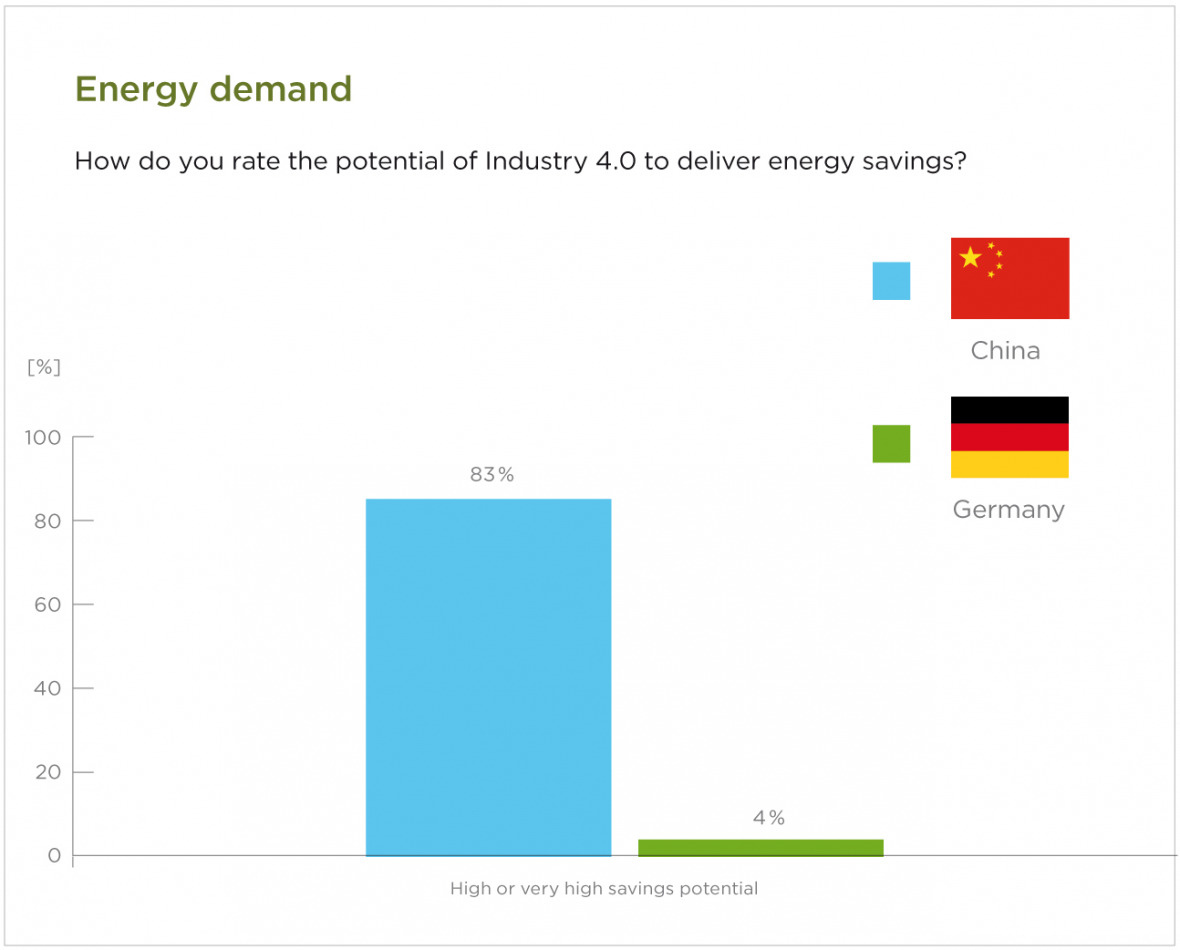Headline:
Industry 4.0: Chinese Employees Anticipating Greater Change than their German Colleagues

Is digitalisation benefiting efforts to protect the environment? How will Industry 4.0 affect employment and job requirements? According to a survey of industrial sector employees in China and Germany, Chinese employees expect that new technologies will change labour markets and the environment to a greater extent than their German colleagues. IASS researchers have published their findings in the International Journal of Precision Engineering and Manufacturing.
“The results of our survey suggest that the quality of changes brought about by Industry 4.0 technologies will vary between regions around the world depending on their existing industrial structures”, explains lead author Grischa Beier. With its highly industrialised economy, Germany is a pioneer of “Industry 4.0” technologies, with a high level of automation (292 robots per 10,000 employees) across its manufacturing sector. China, by contrast, is an emerging industrialised country (36 robots per 10,000 employees).
Predictions of future energy demand diverge
While the industrial sector accounts for a similar share of gross value added in Germany and China – twenty-six and thirty-two per cent respectively – its share of overall energy consumption differs substantially between the two countries. Whereas the sector accounts for seventy per cent of overall energy consumption in China, it accounts for just twenty-eight per cent in Germany. Emissions from industrial sources are a major cause of environmental problems in China.

Chinese respondents anticipate that digitalisation will lead to a significant reduction in energy demand from the manufacturing sector. In Germany, on the other hand, a majority of respondents from the sector expect demand to remain constant or to increase. “One possible explanation for these diverging expectations is that many German businesses have already implemented measures to improve energy efficiency. Achieving further savings on a significant scale becomes more difficult against this backdrop. This experience also provides a benchmark against which anticipated progress can be measured”, explains Beier. The majority of respondents in both countries anticipates that resource efficiency will play an important role in the future. Among Chinese respondents, a clear majority also expects that digitalisation will deliver considerable material savings.
Respondents anticipate job losses in manufacturing and assembly, growth in development
Chinese respondents also expect to see more dramatic job losses and changes in job requirements than their German colleagues. Eighty-eight per cent of Chinese participants anticipate that fewer or far fewer people will be employed in manufacturing, assembly, logistics, and technical services in future. In contrast, just over half of German respondents from the manufacturing and assembly sectors expect that the adoption of Industry 4.0 technologies will result in fewer or considerably fewer jobs (fifty-six and fifty-three per cent respectively). German respondents were notably upbeat on the prospects for job creation in development, with seventy-seven per cent of respondents anticipating job growth, compared to forty-six per cent of Chinese respondents.

A substantial majority of Chinese respondents expect that employees will need more sophisticated qualifications in future – especially in the manufacturing sector (ninety-three per cent) Participants in the German survey foresee less dramatic changes, with sixty-six per cent of respondents expecting job requirements in the manufacturing sector to become more sophisticated. Twenty-five per cent of German respondents and thirty per cent of Chinese respondents felt that their daily workload had become more or even considerably more demanding due to digitalization.
As the concept of Industry 4.0 is still a relatively new one, very little research has been conducted to date on how digitalisation and interconnected industrial production impacts on sustainability issues such as resource efficiency. This paper by IASS researchers will help to fill this gap in the research.
- Beier, G., Niehoff, S., Ziems, T., Xue, B. (2017): Sustainability aspects of a digitalized industry – A comparative study from China and Germany. - International Journal of Precision Engineering and Manufacturing - Green Technology, 4, p. 227-234.

